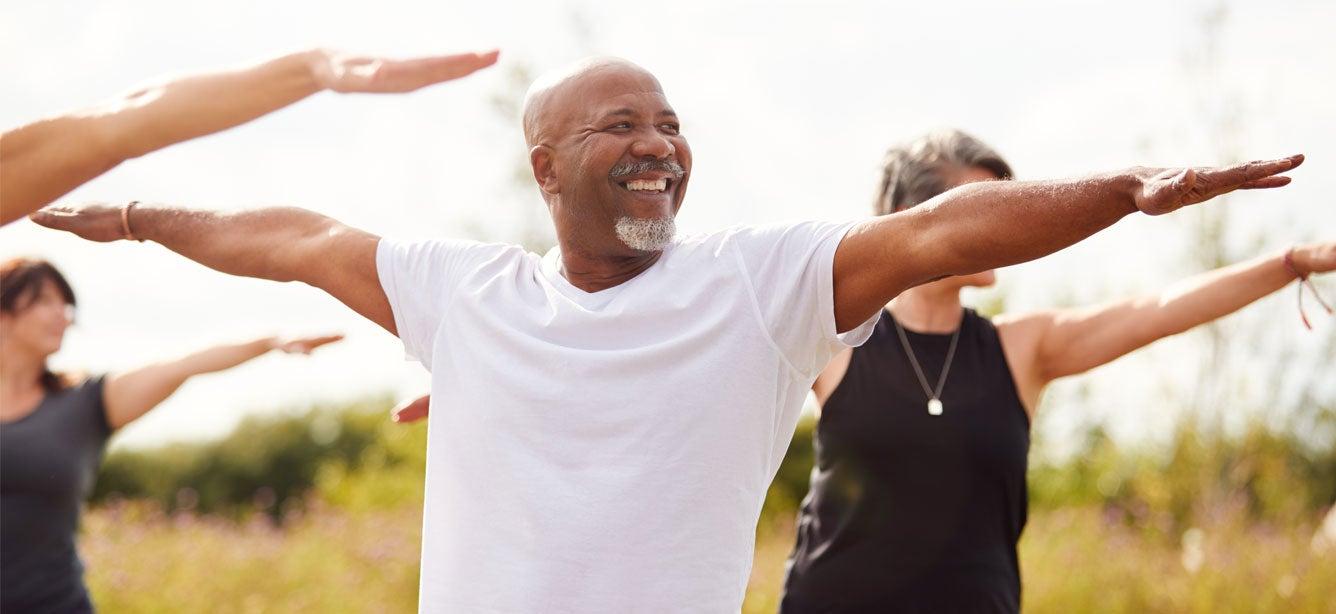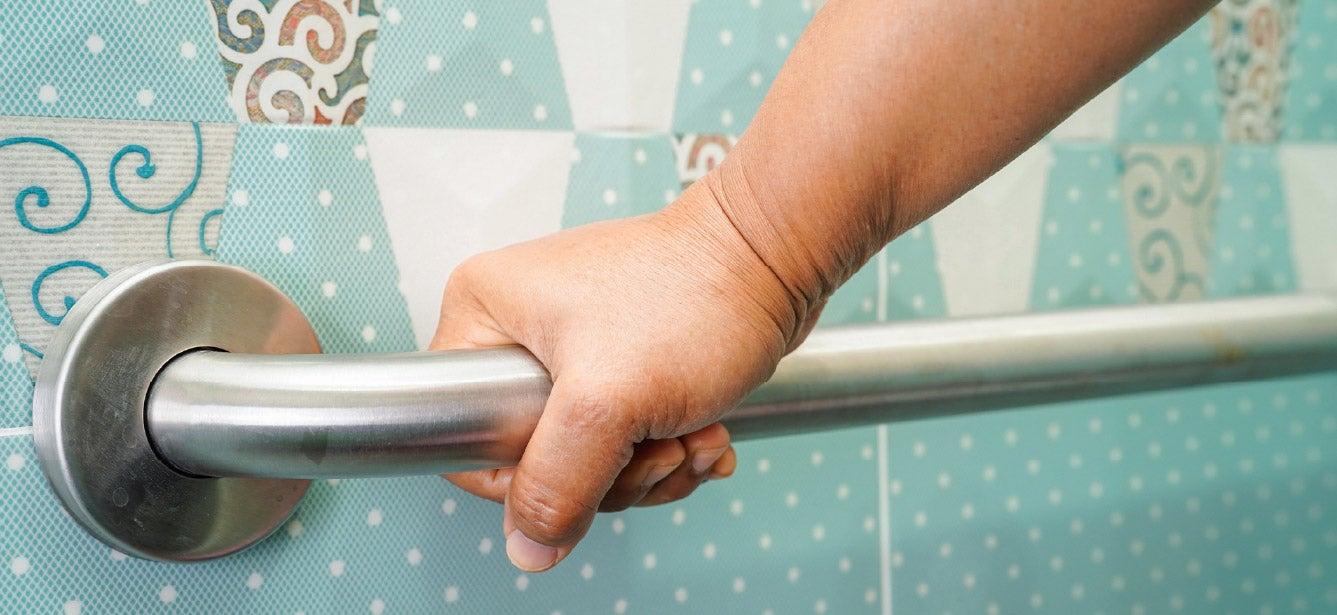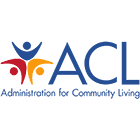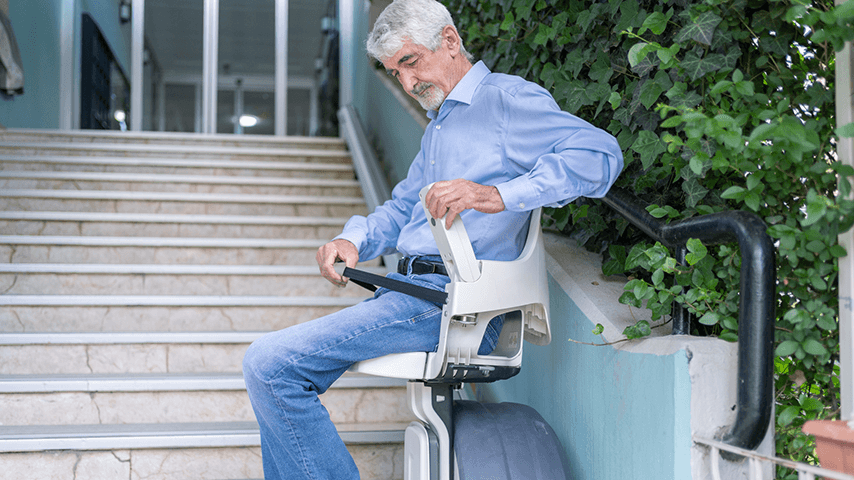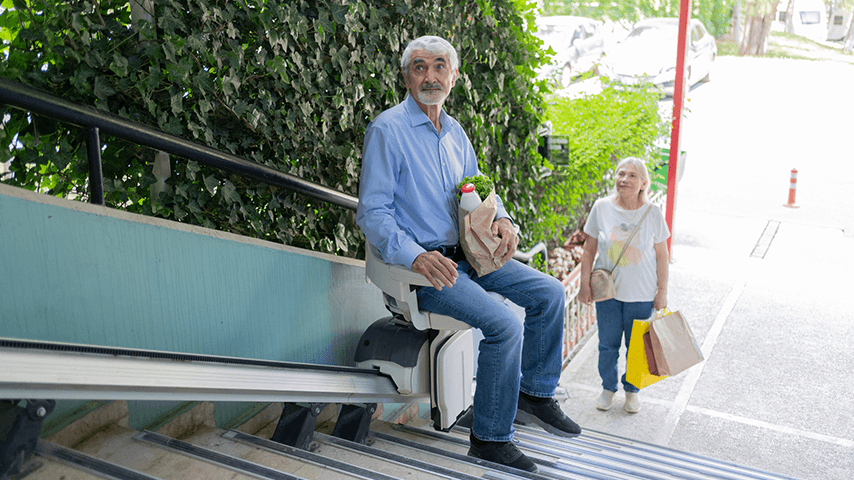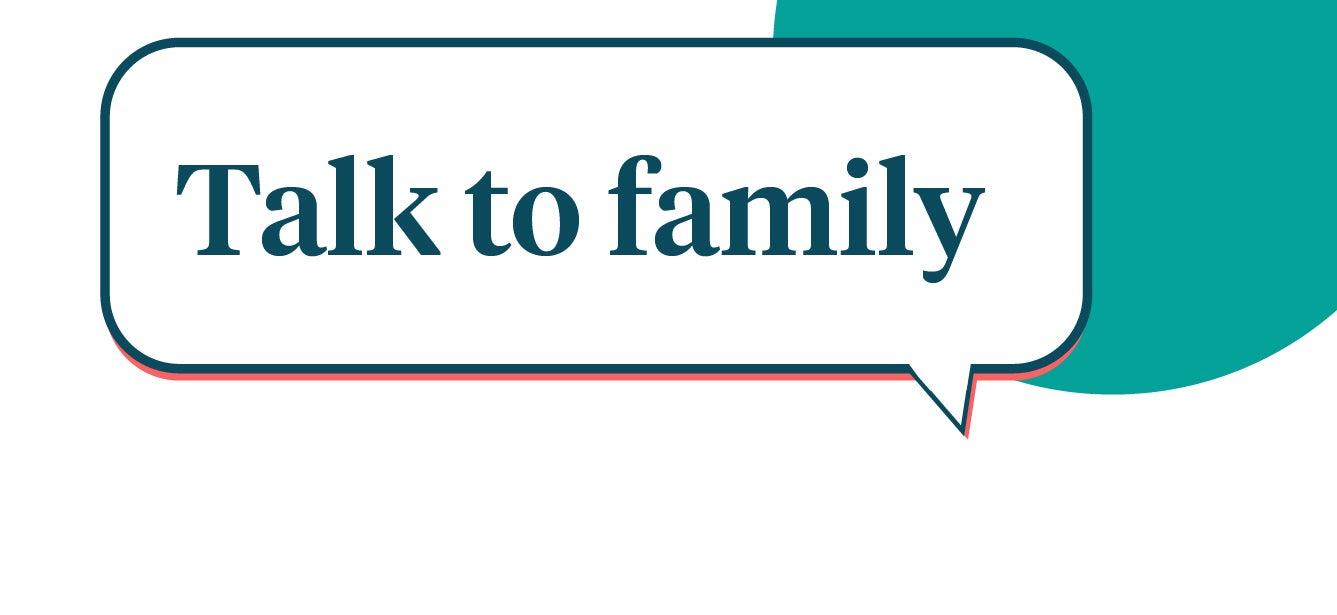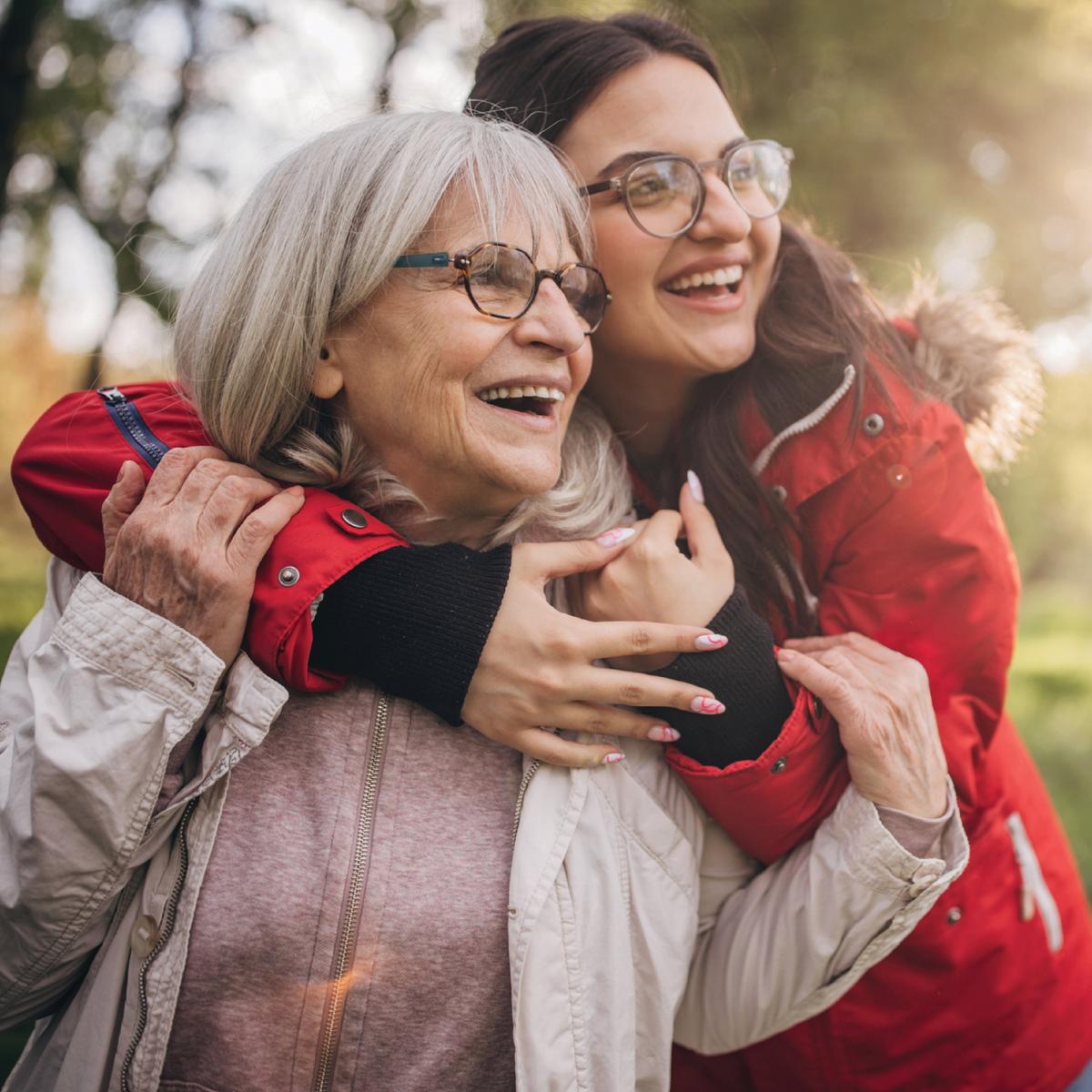Falls Prevention
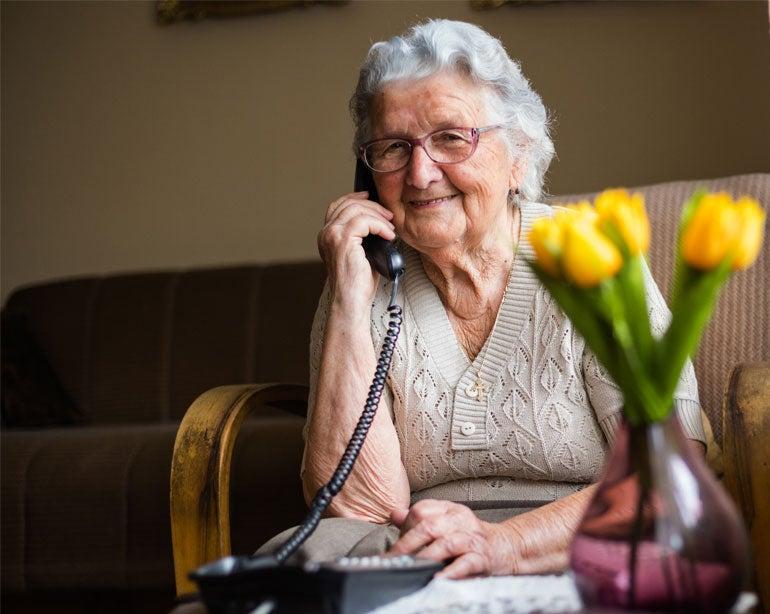
Get the Facts on Falls Prevention
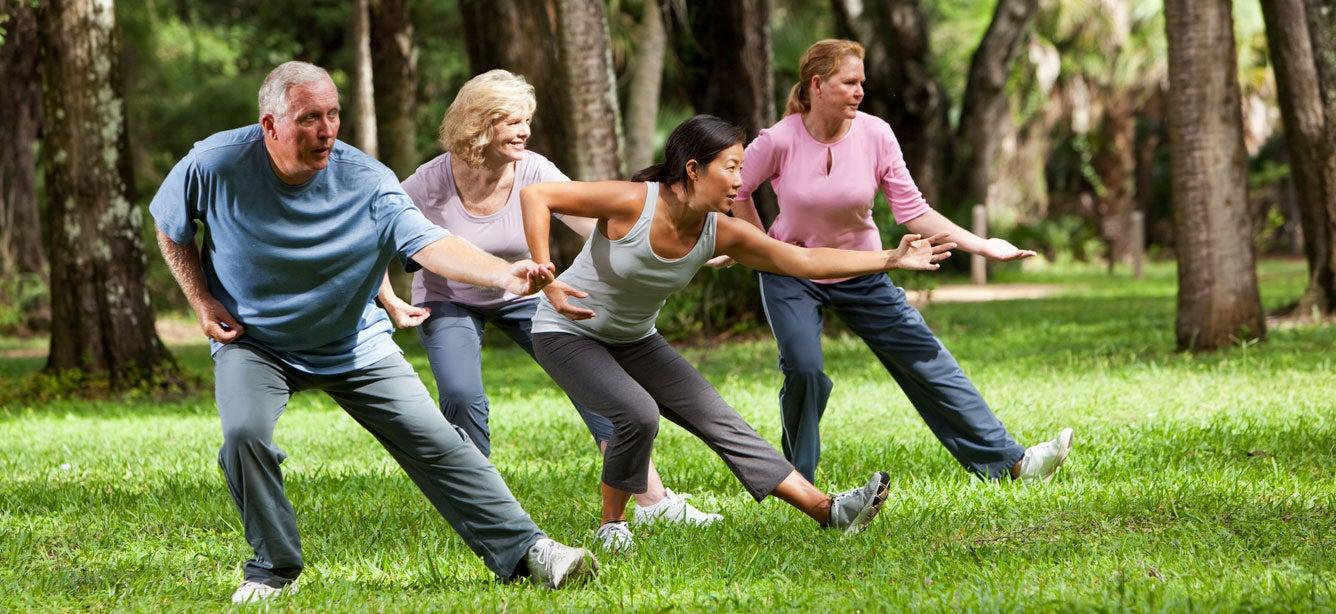
Meet the Falls Prevention Grantees
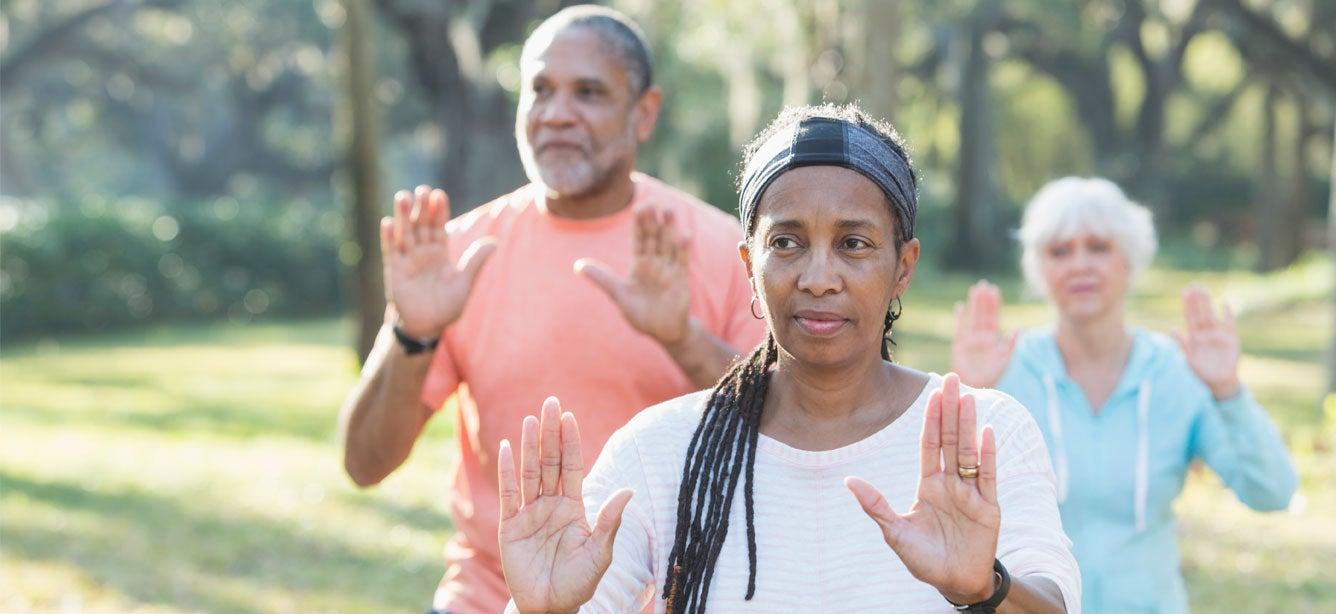
Help reduce the fear of falling.
We know that preventing falls is possible, and we want to empower older adults to take action and reduce their risk of falling.
NCOA Partners in Falls Prevention
Falls Prevention Success Stories
Dorothy Wall's Falls Prevention Story

Sandy Perry's Falls Prevention Story
Elizabeth Goldfarb's Falls Prevention Story
Marjorie Brown's Falls Prevention Story
Marjorie Franck's Falls Prevention Story

John Feirich's Falls Prevention Story

Advocate for Falls Prevention Funding
Falls are the leading cause of injuries among older adults and cost the nation $50 billion per year. Members of Congress need to hear from you—their constituents—on this important issue. Use NCOA's advocacy tool to ensure Older Americans Act (OAA) funding continues to meet the needs of older adults, their families, and their communities.
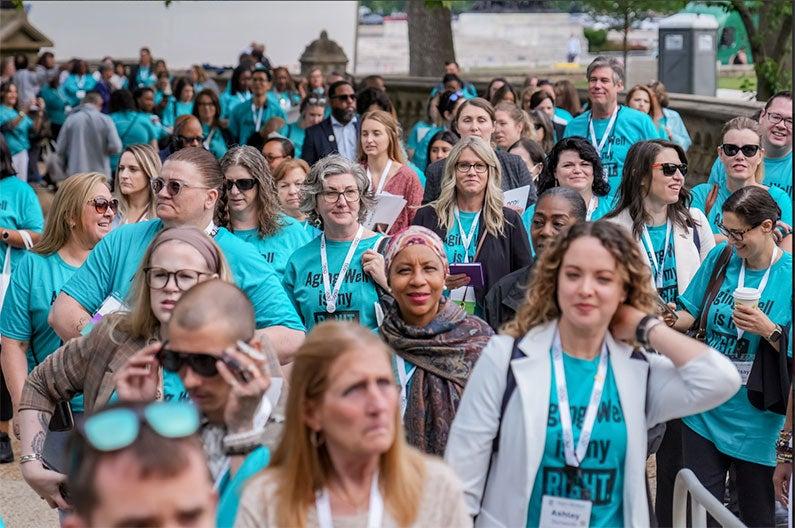
More Stories
Used Stair Lift Buyers Guide
Sep 29, 2025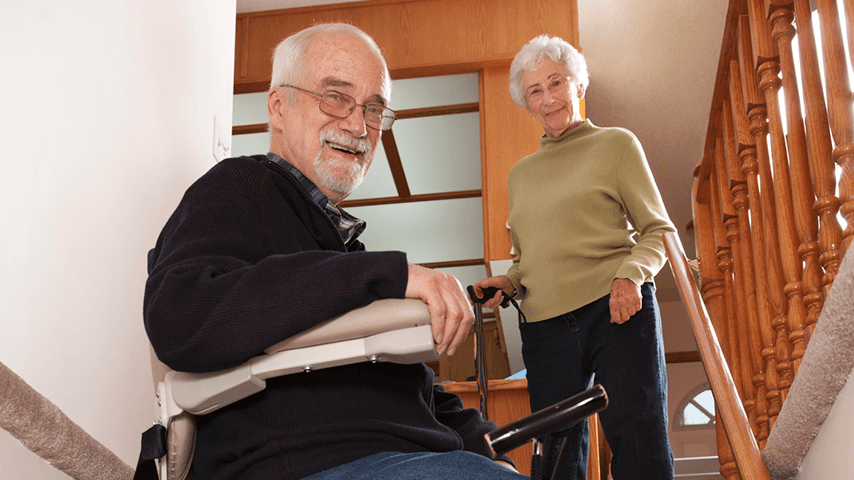
Falls Prevention Awareness Week Impact Reports
Sep 23, 2025